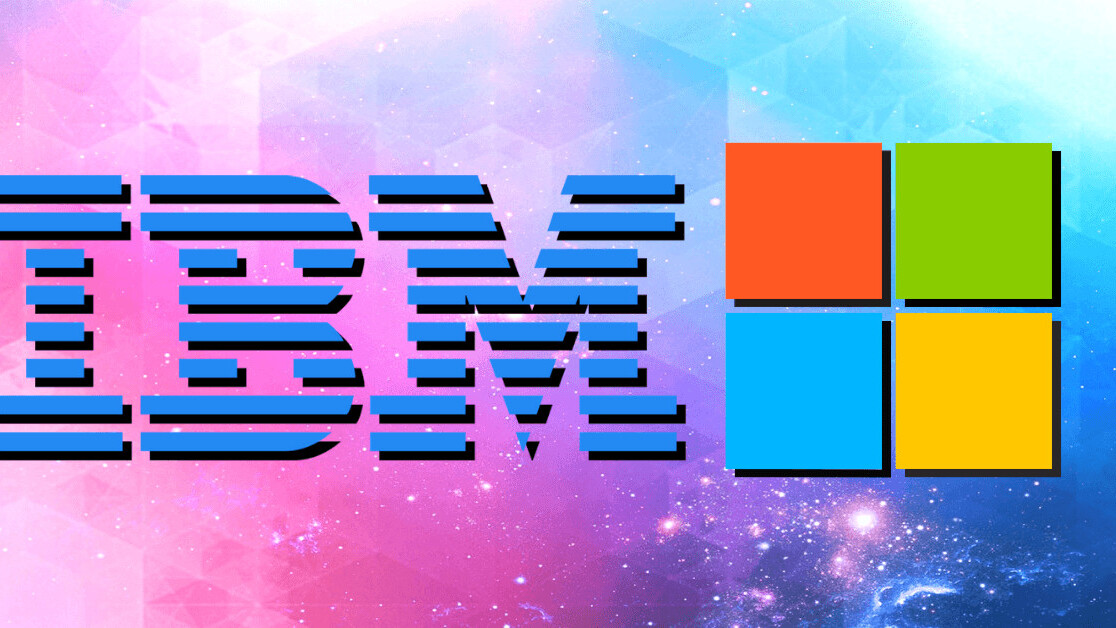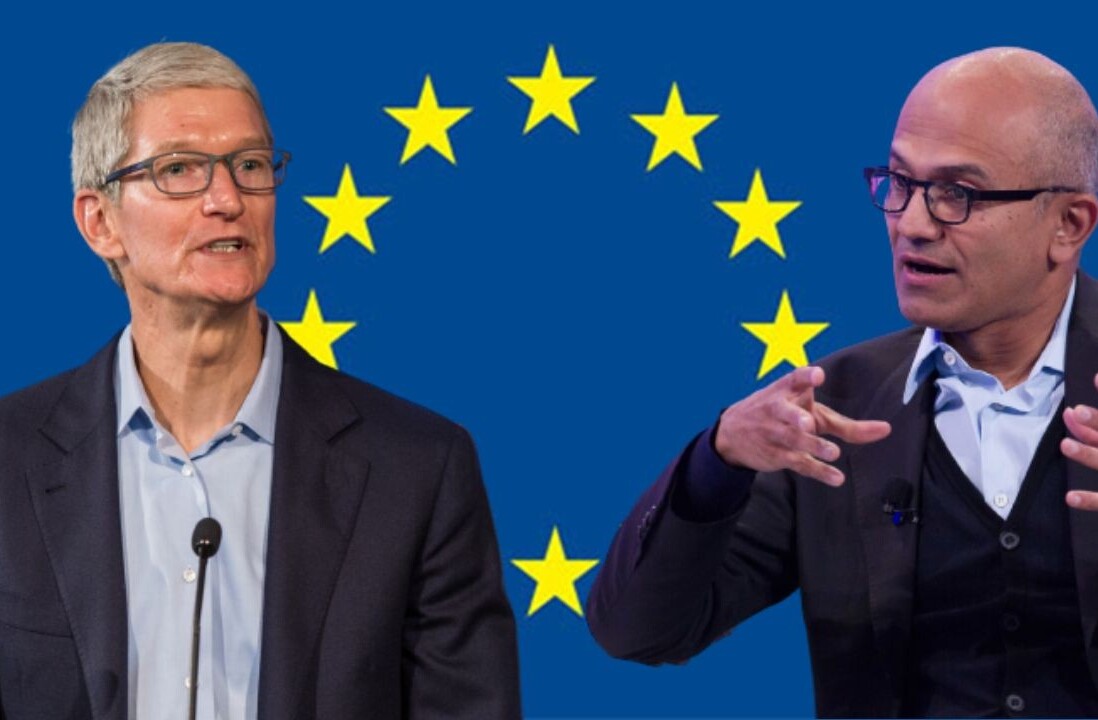
Open source is all over the media, IBM announced its acquisition of Red Hat, one of the largest in tech history, for $34 billion. Microsoft announced its agreement to acquire GitHub for $7.5 billion. It seems the world’s largest companies are either releasing or acquiring their own open-source software — but opinions on this trend are divided.
Some tech professionals are excited about the resources and opportunities acquisitions bring, while others worry that giants like Microsoft or IBM may change what they initially loved about GitHub or Red Hat. No one likes to admit this, but I will: sometimes, the people in power have to come to the rescue. Open source maintainers are burning out. Just search open source maintainer on Twitter and you’ll see what I’m talking about:
“When life gives you lemons, think carefully if you want to tend a lemon tree garden forever” – ancient open source maintainer proverb
— Daniel Schauenberg (@mrtazz) August 21, 2016
While Microsoft has actively been trying to position itself as a leader within the open-source community, IBM is trying to become more competitive as a leader in the hybrid cloud market.
Let’s examine why these acquisitions happened before delving into their effects:
IBM’s Red Hat acquisition
“A world without Linux would mean a world without the Internet” — The Linux Foundation
Red Hat is an open-source software company that supports the distribution of Linux. Linux is to developers what good, reliable sources are to journalists. Most IT systems worldwide depend on Linux’s stability and extensibility, making Red Hat a major player in the space and the perfect tool for IBM to make a big entrance into the open-source community. IBM revenues are down, and Red Hat could be the key to advance its business model and regain market position.
Open source is becoming the default choice for modern IT solutions. The accelerating pace of open source reduces costs and enhances technical capabilities over legacy systems. Red Hat believes IBM will push even more of its open-source solutions to a wider audience, while IBM will become a leading provider in hybrid cloud services.
Although IBM has stated Red Hat will retain “its independence, own branding, and an office space,” the community remains suspicious (myself included). An additional obstacle is the fact that Red Hat has long-term partnerships with IBM’s biggest competitors, including Amazon Web Services (AWS), Google, and Microsoft.
Microsoft’s GitHub acquisition
“I may have called Linux a cancer, but now I love it” — Steve Ballmer (Former CEO of Microsoft)
Last October, Microsoft announced it was joining the Open Invention Network (OIN), a community dedicated to protecting Linux and other open-source software programs from patent risk. As Microsoft explained, this announcement surprised many because of the past friction between Microsoft and the open-source community.
Former CEO of Microsoft, Steve Ballmer, once referred to Linux as a “cancer” and called open-source “a communist threat.” Since 2012, (Ballmer left Microsoft in 2014) Microsoft has been actively trying to position itself as an open-source leader. Acquiring GitHub is a clear statement from Microsoft on its intention to become a big player in the field and to leave its dark past against it behind. As Microsoft stated, “GitHub is the destination for developers to learn, share, and work together to create software.”
Now, Microsoft’s business model is aligned with the main goal of open source; building technology so businesses can easily create their own tailor-made technology. “Microsoft is all-in on open source,” the company stated. “We have been on a journey with open source, and today we are active in the open-source ecosystem, we contribute to open-source projects, and some of our most vibrant developer tools and frameworks are open source.”
Open source is taking over the world… but open source maintainers are burning out
As cloud computing services evolve, tech companies see open source as the key to driving innovation. Open source enables different projects to be developed in powerful ways, and big companies could bring much-needed funding and widespread adoption beyond the community. And open source use is accelerating, there’s no question about that.
The Linux Foundation, one of the most utilized open-source systems in the world, has recently reported that in the last five years membership has gone up by 432 percent. According to W3Cook’s analysis of Alexa’s data, 96.3 percent of the top 1 million web servers are running Linux. Regardless, developers’ opinions on recent acquisitions are divided.
If you are an open source maintainer who woke up on Monday morning, saw the Red Hat / IBM headline, and thought… $34 billion ?! Where’s my cut? This post from @dff is for you. https://t.co/lv4tEEwKb6 pic.twitter.com/A1nuYaxiuN
— Tidelift (@tidelift) October 31, 2018
At the same time, some self-funded maintainers are exhausted and quitting projects, completely burned out. Maintainers are all over social media complaining about their situation:
If you’re frustrated when consuming open source, you’re not frustrated with the maintainer, you’re frustrated with the broken model that is open source. This model needs fixing, it needs to be funded. #opensource
— Frank de Jonge (@frankdejonge) February 8, 2019
Hug an open source maintainer today. I guarantee you they need it.
— Nicholas C. Zakas (@slicknet) June 12, 2015
The open source community has shown that commons is the surest path to rapid and lasting innovation today through its dominance of web and infrastructure. Money is finally coming to open-source companies. Acquisitions of open-source projects like Red Hat, Github, and Citusdata mark a major step towards mainstream adoption of open source.
But do these acquisitions mean anything for the struggle to incentivize and compensate maintainers? Or will they have the opposite effect of stifling innovation in projects absorbed into the corporate machine?
Some see public blockchain, which relies heavily on open-source, as a potential tipping point for maintainers, with the newly emerging and fairer economic models enabled by decentralized technology. As Andreessen Horowitz’s Denis Nazarov states in his recent essay on the evolution of crypto and open source, “As crypto networks evolve, they are likely to provide strong incentives to create open services in many areas dominated by closed ones today. Open services powered by crypto networks will present an unprecedented opportunity for a new generation of developers and entrepreneurs.”
Big tech giants have come a long way since the dark days of Microsoft’s all-out battle against Linux and open source. IBM’s AI project, Deep Blue, was completely closed source, and those involved had to sign 10-year NDAs which almost eliminated its potential contributions to the field. Despite the progress to date, maintainer burnout is still a reality, and big players could potentially save them. Whether or not big companies will compensate for maintainers’ efforts is a question only time will tell.
TNW Conference 2019 is coming! Check out our glorious new location, inspiring line-up of speakers and activities, and how to be a part of this annual tech bonanza by clicking here.
Get the TNW newsletter
Get the most important tech news in your inbox each week.




